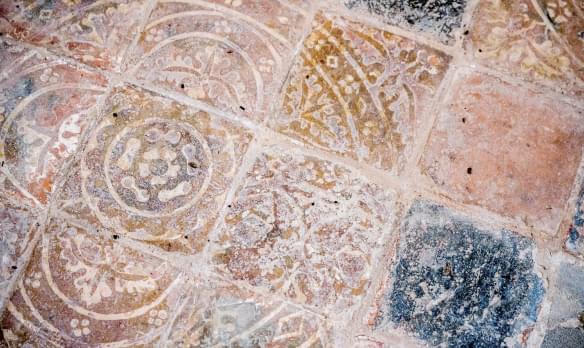
St John
Tenby, Pembrokeshire | SA70 7JT
The church, set near the beautiful coast of south Pembrokeshire welcomes you.
Search for a fascinating place to visit, or see the variety of churches, chapels and meeting houses we have supported.

Tenby, Pembrokeshire | SA70 7JT
The church, set near the beautiful coast of south Pembrokeshire welcomes you.
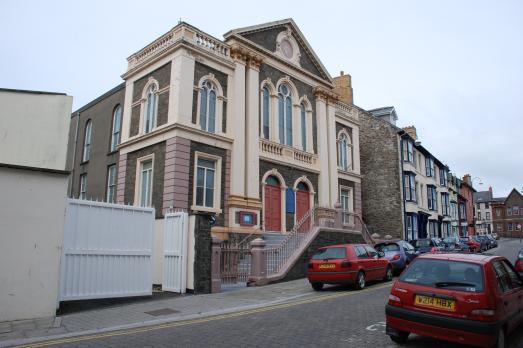
Aberystwyth, Ceredigion | SY23 2BJ
Seion Chapel was opened in 1878.The designer was Richard Owen of Wall, Liverpool and is fairly typical of nonconformist chapels of that period.
We have supported this church

St Ive, Cornwall | PL14 3LX
Standing beside the road between Callington and Liskeard, St Ive is a remarkable example of a 14th century church.
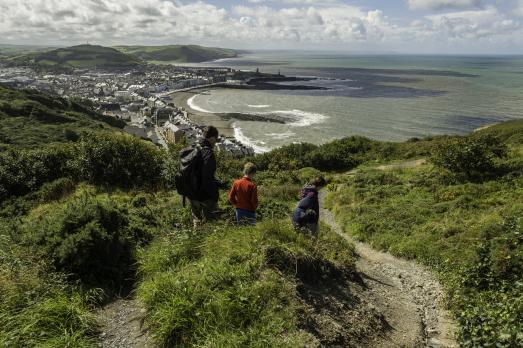
Aberystwyth, Ceredigion | SY23 2AU
Built 1886-90 by Nicholson of Hereford on land given by WE Powell of Nanteos, it replaced a church of 1833 by Edward Haycock of Shrewsbury.
We have supported this church
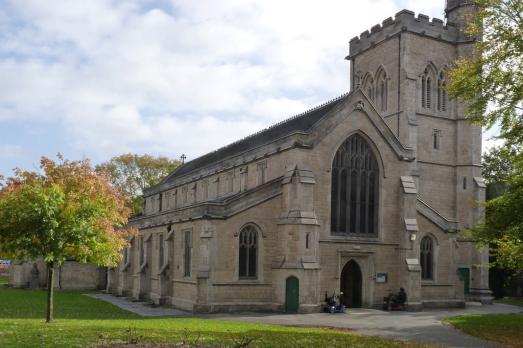
Beeston, Nottinghamshire | NG9 1GA
An early record of a church at Beeston records its appropriation to the Cluniac priory of Lenton between 1231 and 1267.
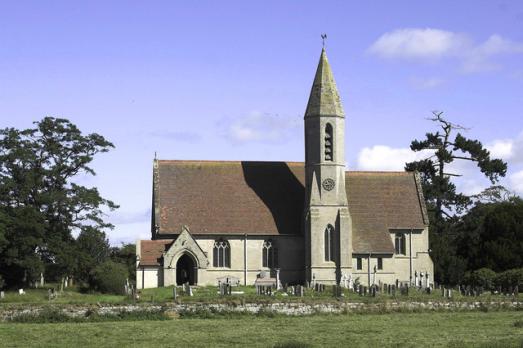
Bettisfield, Wrexham | SY13 2LB
This beautiful church in a tranquil and peaceful setting, is one of the most complete churches designed by GE Street and has many fine features for visitors to enjoy.
We have supported this church

Charing, Kent | TN27 2LP
Charing is a pretty village, and Market Place is lined with old buildings of flint and brick, including the ruins of an archbishop's palace.

Ilkeston, Derbyshire | DE7 5GW
Ilkeston United Reformed Church is a small but growing congregation in the middle of Ilkeston.
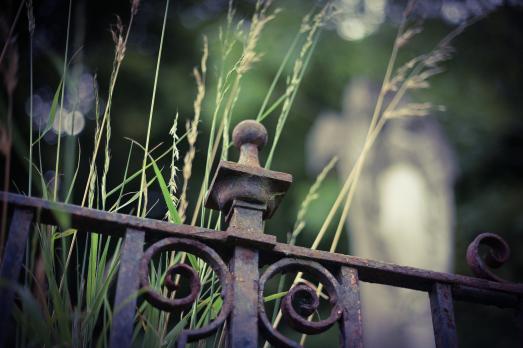
Llandre, Ceredigion | SY24 5BZ
St Michael's, Llanfihangel-Genau Glyn in Welsh, is set in a picturesque location, overlooked by a dramatic wooded slope and surrounded by the riches of nature.

Sproxton, Leicestershire | LE14 4RA
Dating from the 12th Century, the church is situated outside the village with commanding views of the Leicestershire countryside.
We have supported this church
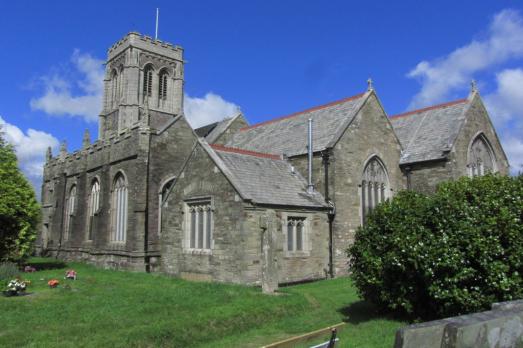
Liskeard, Cornwall | PL14 3AQ
St Martin's in Liskeard is a medieval church, and the second largest church in the Diocese of Truro.
We have supported this church

East Guldeford, Sussex | TN31 7PA
All of the other Romney Marsh churches are in Kent, but this one is in East Sussex, and it is one of the latest, built in 1505 on land reclaimed from the sea.